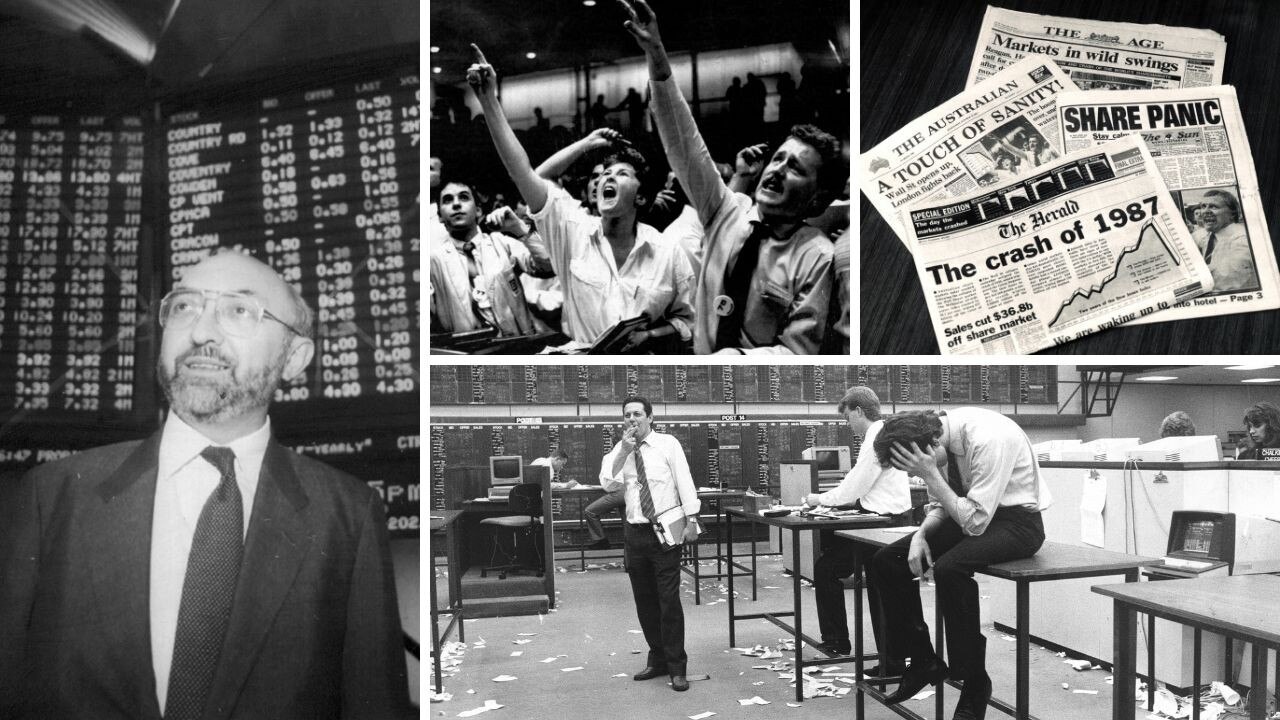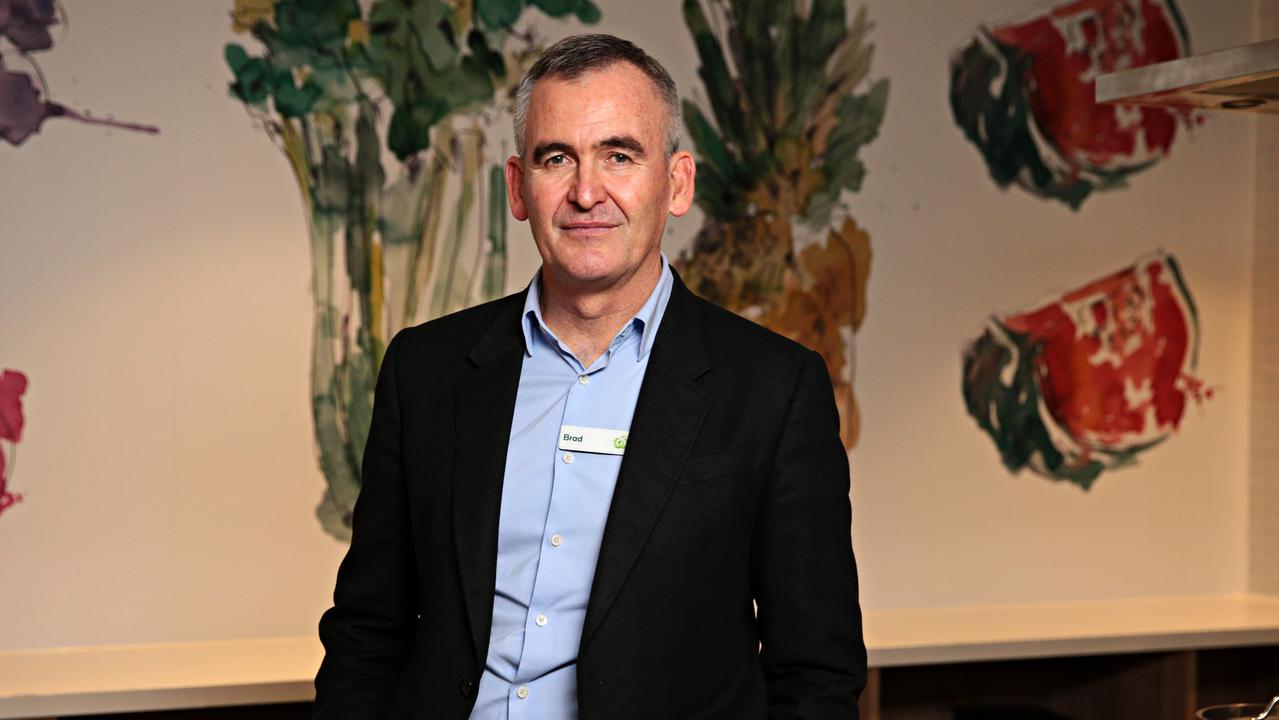Why markets and experts will be wrong
There are dangers with slavishly following either the ‘experts’ or the ‘market’ because there are just too many uncertainties to be able to predict the future of interest rates.

Terry McCrann
Don't miss out on the headlines from Terry McCrann. Followed categories will be added to My News.
Last week should be a wake-up call for those slavishly following either the ’experts’ or the ‘markets’.
We were supposed to be going over a variety of cliffs – Wall St, and therefore all share markets around the world; and the major economies, China, Europe, the US.
Yet the Dow jumped over 6 per cent, the more ravaged tech-heavy Nasdaq by nearly 7 per cent.
The Dow, which was supposed to be sliding inexorably into bear market territory (minus 20 per cent), finished the week 9 per cent shy of its all-time high from last December.
Let me say immediately, I am not saying that therefore happy – or indeed positively ecstatic – days are here again.
That’s precisely my point – the danger of being seduced by either ‘expert’ or ‘market’ determinism, more colloquially known as rushing to one side of the ship, and claiming that’s unquestionably the side to be.
Right now, the ‘markets’ are predicting big rises in official interest rates on both sides of the Pacific – partly driven and/or validated by observations from the very people that decide them: our Reserve Bank, their Fed.
Very simply, or so one would think, if official policy rates go up, especially if they go up significantly, share markets would plunge.

That’s the way it’s supposed to work: the interplay between interest yields and (share) dividend yields. Also, if interest rates go up, credit becomes more expensive and/or harder to get; and the economy slows. Again, that’s also precisely the point of raising them – and thus, hit corporate profits, and so dividends and share prices.
Over the weekend, we saw one of the Fed ‘deciders’, one of the half-dozen Fed governors Christopher Waller (not the chairman, that’s Jerome Powell), say he would vote for 50-point rate hikes at every meeting until we saw “substantial reductions in inflation”.
There are five meetings left this year; taken at his word – and his influence around the 11-voting member board table - that could see the Fed’s official rate at nearly 3.5 per cent as we entered 2023.
Given that it’s been at zero pretty much all the time since 2008, apart from a short-lived hike to 2.25 per cent through 2017 and 2018 – that really would be a real cold shower for markets if it happened.
But there’s that if – two, actually.
The first is specific to Waller.
Here’s a person who was quite happy to vote to leave the Fed rate at zero in January (unlike our RBA, the Fed actually details how everyone votes) when inflation in the US had already been raging for more than eight months.
He was then quite happy to vote the ‘party-line’ for just a 25 points in March, not joining one of his fellow members who wanted 50 points then.
I’ll believe his 50-point votes when he actually makes them.
I’ll also happily predict the Fed will not raise by 50 points at every meeting this year.
The second, even bigger ‘if’, is that Wall St only has to throw another ‘temper tantrum’ for the Fed to back off.
As for our RBA it really will make its decisions month-to-month.
The idea that it’s locked into taking its official rate up to 2.5 per cent – simply because the yield curve has ‘priced that in’ – is ludicrous.
In six months the ‘market’ will very probably have something totally different ‘priced in’.
There are just too many uncertainties – on both sides of the Pacific – about the ‘normal’’ economic developments: inflation, jobs, consumer demand et etc.
But the ‘new new’ are all the newbie big, big, curve balls – Russia and Ukraine, oil, gas and other commodity prices, China, and the whole Covid supply-chain mess.
The rates future is utterly unpredictable: whether by ‘experts’ or ‘markets’.
Originally published as Why markets and experts will be wrong



